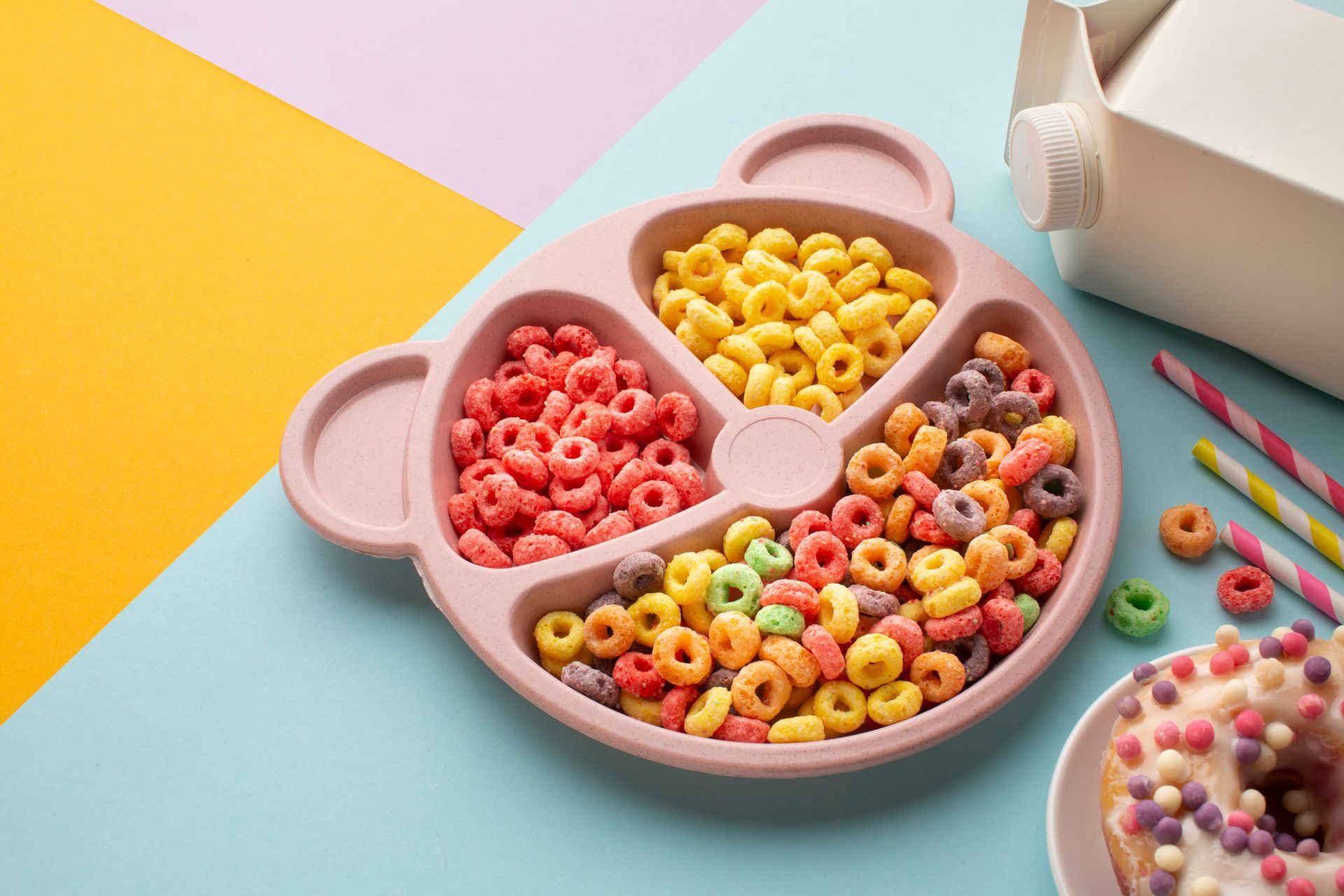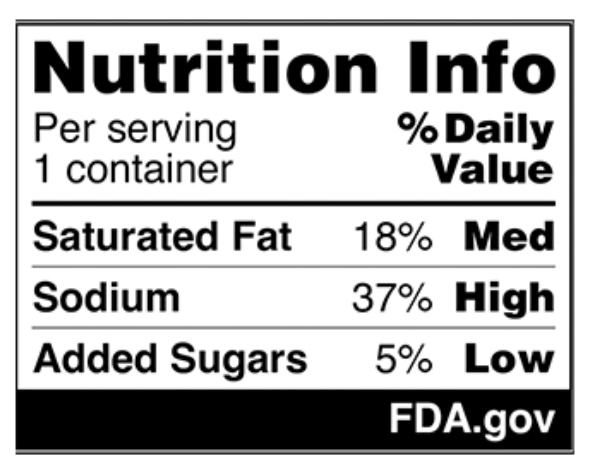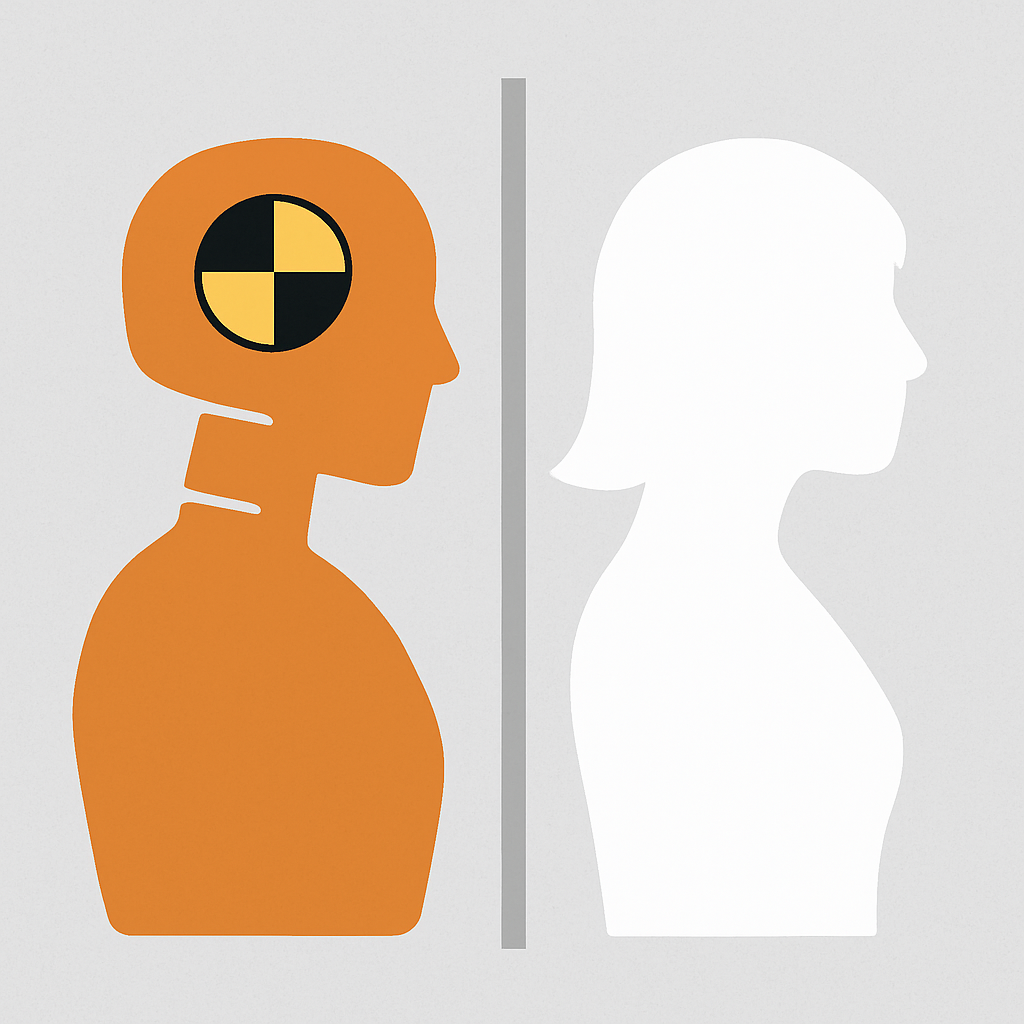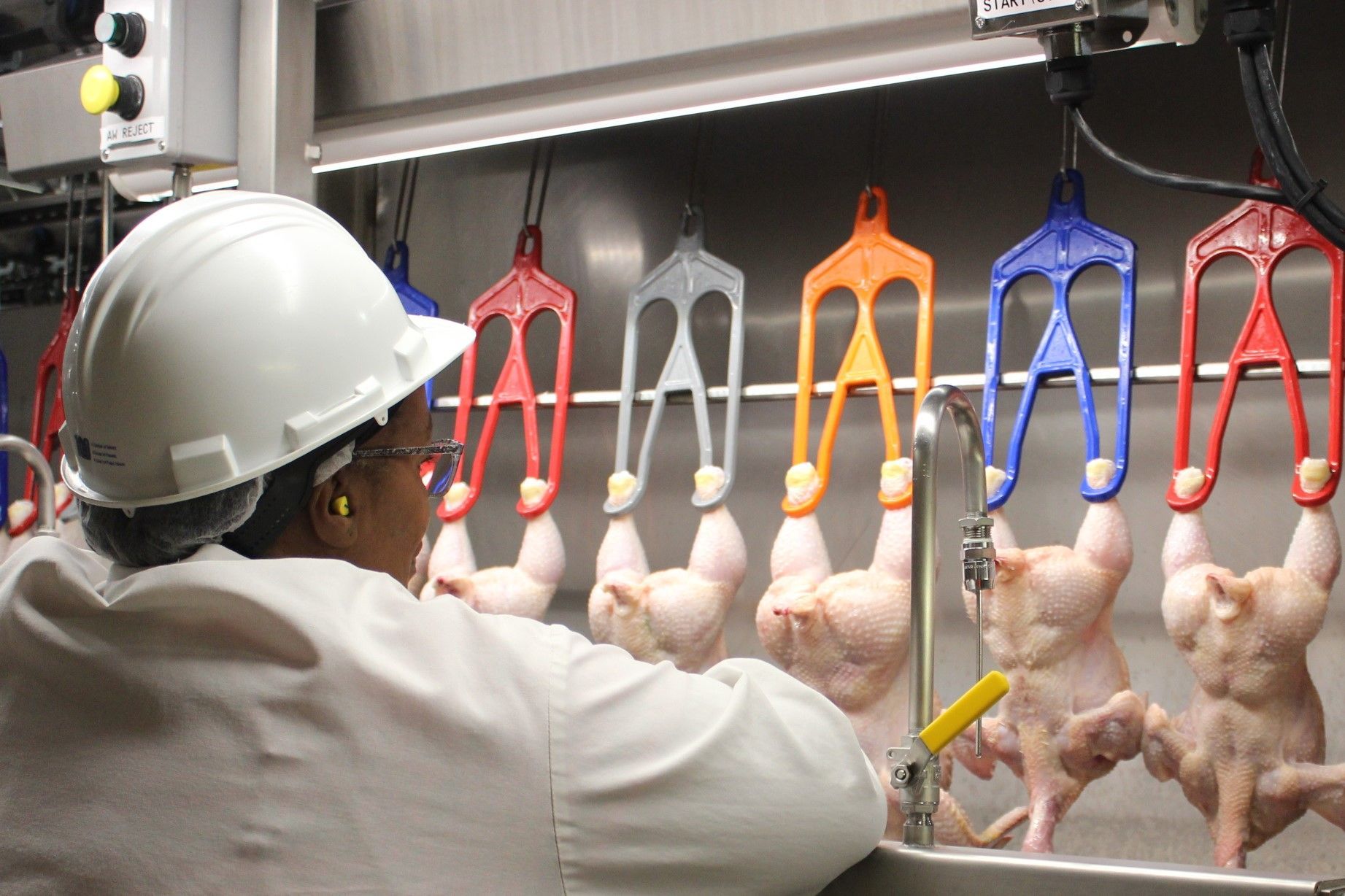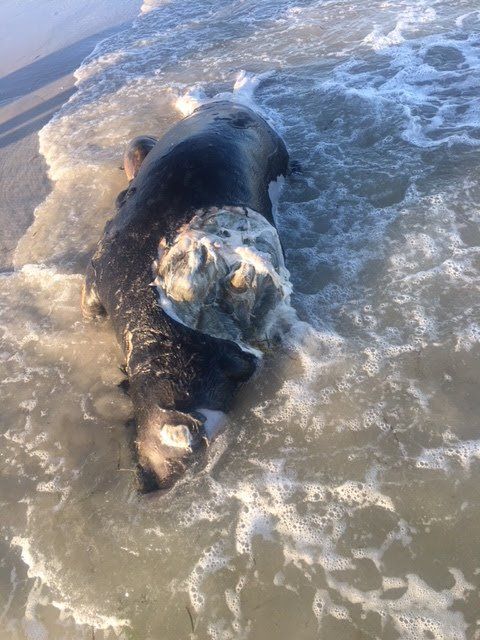WHEN IS A WARNING NOT A WARNING?
I am on my annual summer vacation at Cape Cod where I typically enjoy all that you would expect Cape Cod to offer any tourist seeking plenty of sunshine, great ocean views and water sports including swimming, diving, sailing, fishing, water skiing, jet skiing, kite sailing, kiting, etc. and, of course, feasting on anything fish or clam….my favorites include clam chowder (not too creamy lest you miss the distinct clam broth that makes a chowdah a chowdah) and large Ipswich big bellied fried clams (seared and not too doughy, lest you miss the sumptuous taste of the bellies’ succulent juices as you bite into its rich base at the bottom of a long, tender clam neck. Readers: don’t be alarmed! This is not going to turn into a food review, although I proudly claim authorship of “Goldhaber’s Gourmet Greats”, a culinary ride through Albuquerque, N.M.’s best restaurants in 1972. No, this is a newsletter about safety and warnings related to hazards I and others would not normally expect to encounter, especially on a vacation celebrating its 50th year in the same destination….and, yet here I am, confronting two hazards that I had little idea existed, let alone any “effective” warnings about these two hidden hazards.
1. Hot Tub Hazard: Pregnant Women Should Significantly Limit or Avoid Time in a Hot Tub.
It is well known that all people whose decision making and physical well being may be impaired by alcohol or drugs should not be in a hot tub. It is also well known that hot tubs present a drowning hazard to unsupervised children who are naturally drawn to virtually any body of water. What is not well known is the hazard that time in a hot tub presents to pregnant women. Hot tubs typically present temperatures ranging from 100 to 104 degrees Fahrenheit. Exposure to temperatures in this range can actually be hazardous to the fetus in a pregnant woman. Given the existence of this “hidden hazard”, a warning should be conspicuously placed on the hot tub that any user can easily see, read and understand, especially if the potential user is pregnant or a family member or close friend of a pregnant woman who may want to use the hot tub. Note that I used the word “conspicuously” to describe the placement of such a warning. While on my vacation, I photographed the following warning on a hot tub I encountered.
EXHIBIT 1:
As you can plainly see in this photograph, the warning cannot be plainly (conspicuously) seen. While it is prominently located on the front (and only) entrance to the hot tub, the actual language about the hazard to pregnant women has clearly faded and is virtually impossible to read, probably due to being subjected to the elements such as wind, salt, sand and water itself. The lesson here is that this and any warning must be constructed so that it is AND WILL CONTINUE TO BE conspicuous to potential users of the product at the time of use. This means that the materials used in constructing the warning (e.g., protective metals, plastic coverings, weather resistant paints or embossings, etc.) should be selected by considering, as a highly significant factor, the environment where the product is to be used.
2. Seal Hazard: Dead Seals Washed Up on Beach May Signal Presence of Great White Sharks.
Cape Cod is a well known refuge year-round for 2 of the approximately 30 species of seals found in the world: harbor and grey seals, the females of which typically give birth to their “pups” in late spring or summer. Because these seals are found in such abundance along the shores of Cape Cod, they attract many types of sharks, also looking for abundance in meals, namely seals, and these sharks now include even Great White Sharks, which can grow to an average of 15 feet and weigh as much as 5,000 pounds. Recently while we were walking on our Cape beach, my children and I discovered a dead seal on the beach.
EXHIBIT 2:
After reporting the seal to IFAW (International Fund for Animal Welfare), their team arrived, inspected the seal and pointed out the clear teeth marks from a Great White Shark which apparently killed the seal for a meal. The presence of Great White Sharks in the waters of Cape Cod, despite the Jaws movies, is still a hidden hazard requiring a warning to the thousands of tourists who don’t normally confront or think about seals and sharks, just as the family from Kansas, who tragically lost their toddler at Disney World, weren’t normally thinking about alligators. Thus, it follows that conspicuous warning signs should be present on popular beaches frequented by many tourists, especially in known seal breeding areas at Cape Cod. Lest you panic at the mere mention of the word “shark” (especially Great White Sharks), be aware that Great Whites are primarily interested in a seal meal, not a human, for lunch or dinner. The reason for the warning is because if humans panic merely at the mention of sharks, they may also panic at the sight of a shark, Great White or other, and do something rash to anger a shark, causing that shark to attack the human.





